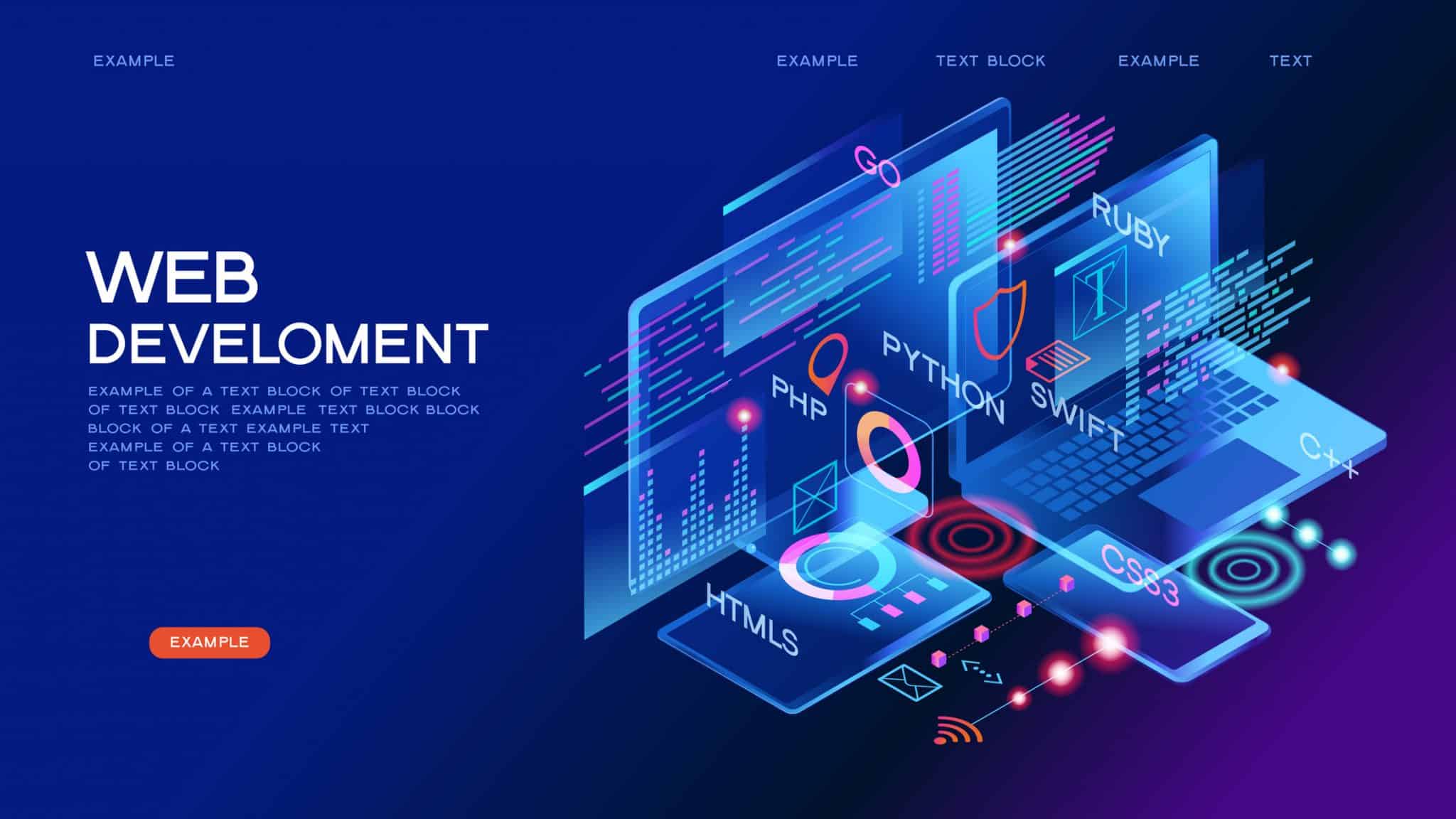
The digital landscape is undergoing a significant transformation, and at the forefront of this revolution is Web3 development. As the internet evolves, a new paradigm has emerged, promising to reshape the way we interact, transact, and share information online. This shift isn’t just about technology; it’s about redefining trust and decentralization in a world dominated by central authorities.
Web3 development harnesses the power of blockchain, smart contracts, and decentralized applications to create an internet that is more user-centric and secure. As we delve deeper into the era of Web3, we discover opportunities for innovation that can empower individuals and communities, providing them with greater control over their digital identities and assets. The future of the web is being rebuilt, and developers are at the helm, crafting a new reality where users are not just passive consumers but active participants in a vibrant digital economy.
Understanding Web3: The Foundation
Web3 represents the next evolution of the internet, moving towards a decentralized model that empowers users and enhances privacy. Unlike its predecessor, Web2, which is dominated by centralized platforms, Web3 leverages blockchain technology, allowing individuals to interact directly without the need for intermediaries. This shift enables greater control over personal data and promotes transparency, fostering trust among users and service providers alike.
At the heart of Web3 is the concept of decentralization. This means that data is stored across a distributed network instead of on centralized servers owned by large corporations. This architecture not only enhances security by reducing single points of failure but also supports new economic models where users can earn and trade digital assets directly. These assets can range from cryptocurrencies to non-fungible tokens, opening up innovative possibilities for ownership and value exchange.
Smart contracts are another foundational element of Web3 development. These self-executing contracts with the terms of the agreement directly written into code automate processes and enable trustless transactions. This technology allows developers to create decentralized applications, commonly known as dApps, that can operate independently of traditional governance structures. As Web3 continues to grow, these innovations are paving the way for a more user-centric web experience that prioritizes individual empowerment and collaboration.
Key Technologies Driving Web3 Development
Web3 development is fundamentally propelled by several key technologies that are transforming the digital landscape. At the core is blockchain technology, which serves as the backbone for decentralized applications. It provides a secure and transparent way to record transactions, enabling trustless interactions among users. Smart contracts further enhance this technology by facilitating self-executing agreements with predefined conditions, eliminating the need for intermediaries and enhancing efficiency across various sectors.
Another significant technology in the Web3 ecosystem is decentralized storage solutions. Services like IPFS (InterPlanetary File System) allow for distributed storage of data, which enhances accessibility and reduces reliance on centralized servers. These solutions empower users to maintain control over their own data, aligning with the Web3 principle of decentralization. This shift not only improves security but also ensures that content remains resilient and available, regardless of traditional server vulnerabilities.
Lastly, the rise of decentralized identity protocols is pivotal in establishing user authenticity and privacy in Web3 development. These protocols enable individuals to manage their identities without depending on central authorities, giving them autonomy over their personal data. Innovations like self-sovereign identity models and zero-knowledge proofs are allowing users to interact online with increased privacy and security, which is essential in building trust within the evolving Web3 landscape.
Challenges and Opportunities in Web3
Web3 development presents a unique set of challenges that developers and businesses must navigate. thirdweb One of the primary hurdles is the complexity of blockchain technology itself. Understanding smart contracts, decentralized protocols, and cryptographic principles requires a significant learning curve. Additionally, the lack of standardized tools and frameworks can hinder rapid development, forcing teams to continually adapt and innovate as the landscape evolves.
However, these challenges also open up a myriad of opportunities for developers. As more companies seek to adopt decentralized models, there is a growing demand for Web3 skills and expertise. This shift presents a chance for software engineers to differentiate themselves in the job market and create innovative solutions that harness the power of blockchain. Moreover, the rise of decentralized applications encourages collaborative and community-driven projects, fostering an ecosystem where creativity can flourish.
Finally, the emerging nature of Web3 allows for the exploration of novel business models that were previously unattainable. By leveraging tokenization, decentralized finance, and distributed governance, developers can build applications that prioritize user sovereignty and privacy. This not only aligns with the ethos of Web3 but also appeals to a generation of users increasingly concerned with data ownership and transparency.
